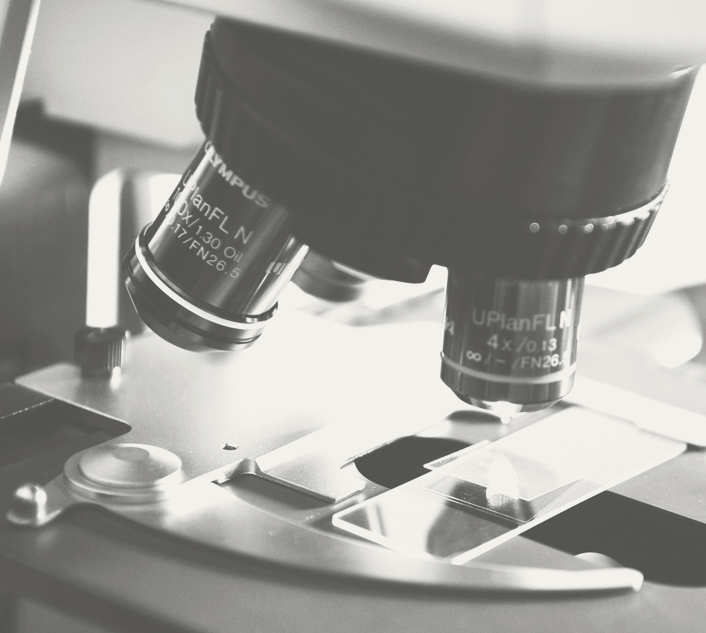Head and neck cancer squamous cell carcinoma (HNSCC) is the most common malignancy of the upper aerodigestive tract, and 55,000 Americans are diagnosed annually.Platinum-based agents (cisplatin) remain the preferred chemotherapy for HNSCC, and the survival benefit is well recognized. However, cisplatin-based chemotherapy regimens are associated with substantial patient morbidity. While HNSCC clinical therapeutics development lags behind comparably prevalent tumors, multiple immunotherapies have been recently been FDA approved for HNSCC. Furthermore, data from the recent KEYNOTE-048 study presented at the European Society of Medical Oncology 2018 conference supported an additional overall survival advantage for adding immunotherapy to platinum based chemotherapy in unresectable or metastatic head and neck cancer.
The overall objective of this grant is to use a combination of fluorescent gene reporters, live cell imaging, and computational analysis to unravel the complicated changes that head and neck cancer cells undergo in response to therapy. To pursue these grant goals we have successfully refined a quantitative pipeline to track and qualify living cancer cells. We produced results showing high tracking accuracy using our VivaView, Imaris, and R data processing pipeline. However, we did encounter an unanticipated challenge to our proposed experiments: the lentivirus-based reporter constructs we have deployed were very stable under control conditions, including remaining stable over multiple passages. However, we observed a particular change under experimental stress. When lentivirus reporter-transfected cells were treated with non-ablative doses of cytotoxic chemotherapy, a portion of the cells were capable of expunging their fluorescent reporters. This phenomenon was present for both reporters of quiescence and stemness.
We have set about to work around this vector issue by designing comparable reporters for these two genetic targets using CRiSPR technologies. I helped to co-author a manuscript using this alternative technology in triple negative breast cancer cells which is currently under review at the journal Nature Methods. An additional extension of this grant funded project was made in response to changes in the clinical head and neck cancer landscape. Immunotherapy is increasingly included at earlier lines of therapy in head and neck cancer. This requires us to be cognizant of interactions between current treatments and the host immune landscape. These interactions may be complex and non-intuitive. For example, the IL-6 receptor inhibitor tocilizumab has shown appealing synergistic effect with platinum chemotherapy in head and neck cancer. However, at the same time tocilizumab is increasingly used for immunotherapy-related adverse event reversal, raising the concern that tocilizumab co-treatment could interfere on efficacy of immunotherapy containing regimens. To better understand these interactions, we developed a companion mathematical model to evaluate timing of cisplatin or tocilizumab modulation of cancer stem cell fractions in order to better predict therapeutic organization. This work was selected for an oral mini-plenary presentation at the American Association for Cancer Research 2018 Conference, and a manuscript is in advanced preparation. T
o further capitalize on the benefits that our quantitative methods can bring to combination immunotherapy, we improved our computational tracking pipeline to include the ability to track and quantify immune cells and their interaction with the existing tumor cell tracking components. Our platform can now directly observe the timing and proximity required for immune-mediated
tumor cell killing, and the changes in these patterns induced by different types of treatment.
To our knowledge, this pipeline is the first of its kind in-vitro platform for quantifying these essential relationships. Based on this CRF YIA funded development, I wrote a multi-institution U01 with mathematics collaborations at the University of Michigan. This major grant application would fund further Pearson Lab growth and asset development. Furthermore, as part of collaborations with previous CRF YIA recipient Dr. Randy Sweis in the University of Chicago genitourinary cancers group, I leveraged the geographical quantification methodology developed as part of the tracking pipeline to evaluate spatial patterns of immune cell subtypes within bladder cancers. This exciting collaboration has resulted in accepted abstracts to American Society of Clinical Oncology GU 2018 Conference and American Association for Cancer Research 2019 Conference. Further evaluations of spatial characteristics allowed us to assist the Brendon Baker Lab in evaluating how changes in tumor microenvironment changes cell shape and motility.
These extensions lead to a published manuscript in APL Bioengineering. Moving forward, we are in the process of further improving our joint tumor-immune quantification platform. Our platform can currently quantify the degree of “antigen load”, but we hope to add additional simultaneous phenotypes such as stemness, quiescence, and chemotherapy resistance. In the year since submitting this CRF YIA grant, our research group has had significant productivity, including three first-author and five co-author manuscripts accepted for publication, as well as invited speaking engagements at the ASCO/ASTRO Multidisciplinary Head and Neck Cancers Conference 2018 and participation in the Institute Pasteur / Danish Government Modeling Immune System and Pathogen Interaction Copenhagen Data Camp.Funding Use:These funds were used to live cell imaging projects through the University of Chicago Comprehensive Cancer Center Imaging Core.
The funds were also used to cover staff salary costs and reagent costs for in-vitro cell experiments. Expansion Plans: In reflection of our productivity based on the CRF YIA funding, we have applied for multiple additional grants during 2018. Notably, this included NIH U01, NIH DP2 (Director’s New Innovator Grant), and NIH R21 grants, each of which is currently pending. Furthermore, I have been able to grow our laboratory to include two additional students who will assist with our translational imaging pipeline analysis and software code development, respectively.
